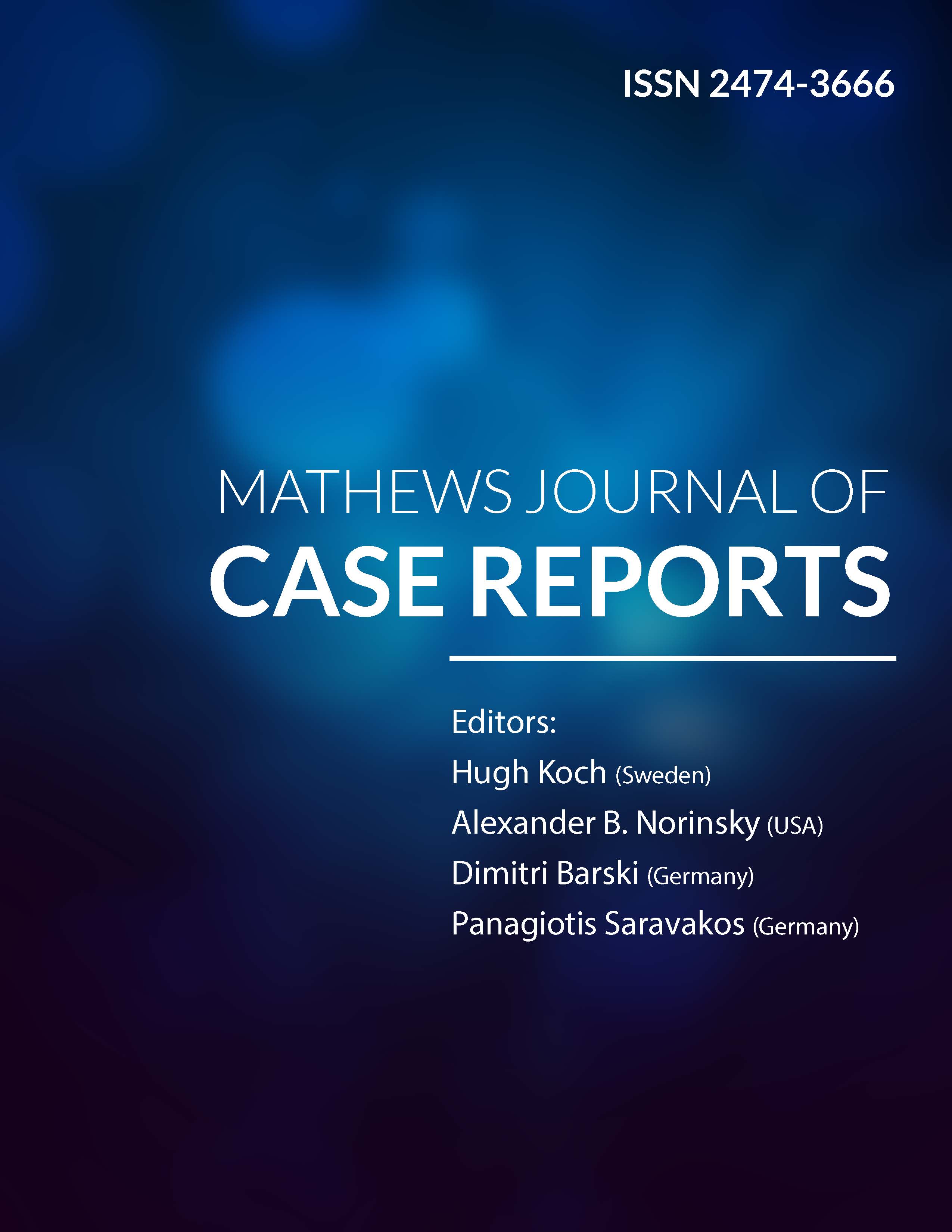
Information Links
Previous Issues Volume 9, Issue 8 - 2024
Evaluation of Bupivacaine Local Infiltration Effect with or Without Dexamethasone On Severity of Acute Pain in Women Undergoing Cesarean Section
Haleh Ayatollahi1, Farnaz Alizadeh Hooshyar2,*, Hadi Houshyar3, Samira Jahangard4,#
1Department of Obstetrics and Gynecology, School of Medicine, Solid Tumor Research Center, Urmia University of Medical Sciences, Urmia, Iran
2Department of Obstetrics and Gynecology, School of Medicine, Urmia University of Medical Sciences, Urmia, Iran
3Department of Anesthesiology, School of Medicine, Urmia University of Medical Sciences, Urmia, Iran
4Department of Obstetrics and Gynecology, School of Medicine, Urmia University of Medical Sciences, Urmia, Iran
#Co-corresponding Author: Samira Jahangard, Department of Obstetrics and Gynecology, School of Medicine, Solid Tumor Research Center, Urmia University of Medical Sciences, Urmia, Iran, Tel: 00989105996264; Email: [email protected]
*Corresponding Author: Farnaz Alizadeh Hooshyar, Department of Obstetrics and Gynecology, School of Medicine, Urmia University of Medical Sciences, Urmia, Iran, Email: [email protected]
Received Date: July 23, 2024
Published Date: September 18, 2024
Citation: Ayatollahi H, et al. (2024). Evaluation of Bupivacaine Local Infiltration Effect with or Without Dexamethasone On Severity of Acute Pain in Women Undergoing Cesarean Section. Mathews J Case Rep. 9(8):184.
Copyrights: Ayatollahi H, et al. (2024).
ABSTRACT
Introduction: The effectiveness of bupivacaine in reducing postsurgical pain has been a topic of debate in previous studies. Consequently, this study aimed to investigate the impact of dexamethasone and bupivacaine injection on pain intensity in patients undergoing cesarean surgery. Methods and Materials: In this double-blind randomized clinical trial, 75 pregnant women scheduled for cesarean section were divided into three groups, each consisting of 25 individuals. The first group received 0.5% bupivacaine in normal saline, the second group received 0.5% bupivacaine in normal saline along with dexamethasone, and the third group received an equivalent volume of normal saline as a control. Pain intensity was assessed using the Visual Analog Scale (VAS) at the time of entering recovery, one hour after surgery, and 24 hours after surgery. Findings: The administration of bupivacaine demonstrated superior pain control compared to the placebo, resulting in an average decrease of 2.88 points in the VAS pain score (P = 0.001, 95% CI = -1.81 to -3.95). Additionally, bupivacaine alone outperformed the combination of bupivacaine and dexamethasone, with an average reduction of 1.79 points in the VAS pain score (P = 0.001, 95% CI = -0.72 to -2.85). Conclusion: The findings of this study indicate that the use of bupivacaine can effectively reduce pain and the need for opioid painkillers in women undergoing cesarean section. However, the concurrent use of dexamethasone with bupivacaine diminishes its effectiveness to some extent. Our results indicate that the pains of three groups after injection of bupivacaine and bupivacaine/dexamethasone are in different levels. Also, the need for opioid painkillers in these three groups in order to reduce the pain are different.
Keywords: Acute Pain, Bupivacaine, Cesarean Section, Dexamethasone.